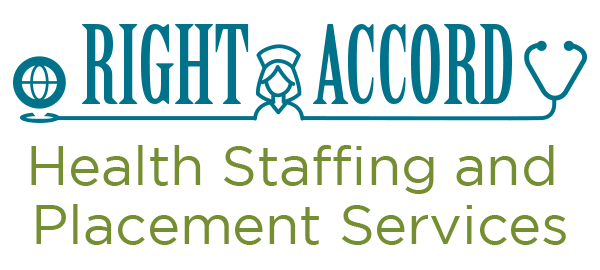The Role of Temporary Staffing in Addressing Nursing Shortages

Introduction
The healthcare industry is no stranger to challenges, and one of the most persistent issues it faces is the shortage of qualified nursing staff. This shortage can put a strain on healthcare facilities, impacting patient care and staff morale. In response to this ongoing issue, healthcare organizations are increasingly turning to temporary staffing as a short-term solution. In this article, we’ll explore the concept of temporary staffing, its benefits and challenges, and best practices for effectively utilizing temporary nursing staff.

The Concept of Temporary Staffing
Temporary staffing, in the context of healthcare, involves bringing in nurses on a short-term basis to fill staffing gaps. These nurses may be employed through agencies, work as per diem staff, or be engaged as travel nurses. The key idea behind temporary staffing is to provide healthcare organizations with the flexibility to adapt to fluctuating patient volumes, seasonal demands, or sudden shortages of permanent staff.

Benefits of Temporary Staffing
To successfully recruit international nurses, healthcare organizations should follow some best practices, including:
- Increased Flexibility: Temporary staffing provides healthcare facilities with the agility to adjust their nursing workforce as needed. This is particularly valuable during times of unexpected demand, such as flu seasons or public health crises.
- Reduced Recruitment Time: Hiring permanent nursing staff can be a time-consuming process involving advertising, interviewing, and onboarding. Temporary staffing agencies have a roster of pre-screened professionals who can be deployed quickly, saving valuable time.
- Cost Savings: While temporary nurses may be paid higher hourly rates, healthcare organizations can often save money in the long run by avoiding the costs associated with hiring and retaining permanent staff, such as benefits and pensions.
- Expertise: Temporary nursing staff often come with diverse experiences and skill sets. This can be an asset, as they may bring fresh perspectives and knowledge to the team.

Challenges of Temporary Staffing
- Continuity of Care: One of the primary challenges of temporary staffing is maintaining continuity of care. Frequent turnover of temporary nurses can disrupt the patient-provider relationship and potentially lead to communication issues among the care team.
- Integration: Temporary nurses may not be as familiar with the facility’s protocols, electronic health records, and team dynamics. It’s crucial to ensure proper integration and orientation to mitigate these challenges.
- Cultural Fit: Ensuring that temporary nursing staff align with the facility’s culture and values can be a challenge. Building a cohesive healthcare team with temporary staff can require effort from both sides.
Best Practices for Utilizing Temporary Staff
- Effective Onboarding: Provide comprehensive onboarding to temporary nursing staff, including orientation to facility policies, procedures, and technology systems. Clear communication about expectations is essential.
- Integration into the Team: Encourage open communication and collaboration between temporary and permanent staff members. Foster a welcoming environment to help temporary nurses feel like valued members of the team.
- Clear Expectations: Define the roles and responsibilities of temporary nurses clearly. Ensure they understand their scope of practice and the specific tasks they are expected to perform.
- Feedback and Evaluation: Regularly solicit feedback from both temporary and permanent staff regarding the performance of temporary nurses. This can help identify areas for improvement and recognize outstanding contributions.
Conclusion
Temporary staffing has become an invaluable tool for healthcare organizations dealing with nursing shortages. When utilized effectively and with proper planning, temporary nursing staff can provide the flexibility needed to maintain high-quality patient care. By addressing the challenges and following best practices, healthcare facilities can optimize the benefits of temporary staffing while preserving continuity of care and a positive work environment for all staff members.
Let’s Get Started
Ready to become a US licensed nurse? Let us help you get started! Visit our website to learn how you can begin your journey as an American RN today.
In my previous Blog, I talked about the 3 Steps on Applying for Nursing Job in the USA. Check the link if you haven’t read it yet.
But if you’re interested to watch the full detailed 3-part videos in advance, here is the way to register and get your exclusive access:
 About the Author
About the Author
Rosemarie Tamunday Casanova, RN, BSN, MHA – CEO
I have been a nurse for over three decades and have worked in various settings, including long-term care facilities, teaching hospitals, and trauma centers. Over the years, I have held several critical care positions and even earned a master’s degree in Health Administration. My journey in entrepreneurship began in 2000 when I co-founded a staffing and recruitment agency with my partner, Health and Technology Professionals.
After relocating to Florida, I established my own Home Care Agency and have been operating it successfully for over a decade. Despite our success, I have always been aware of the ongoing need for registered nurses in the US. This led us to reignite our recruitment services and assist international registered nurses in finding employment in the United States.
